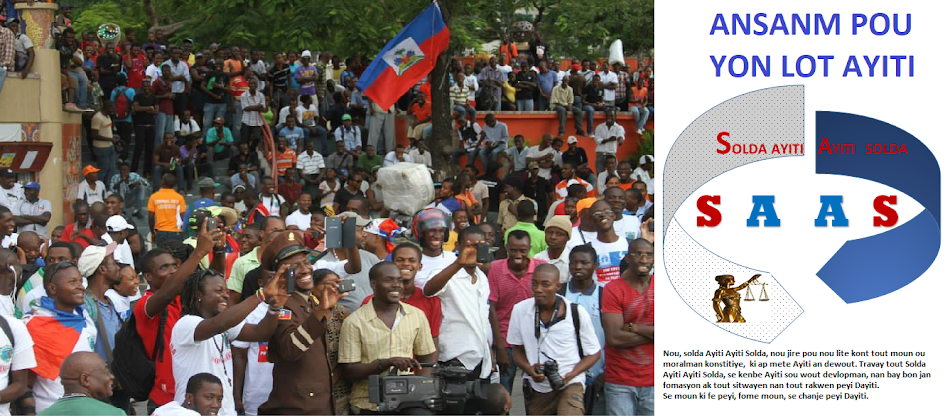November 11, 2011 - April 15, 2012
Highlights among the 300 objects in Revolution! include:
- the original Stamp Act, as it was passed by Parliament in 1765 setting off the riots that led to the American Revolution, on loan from the Parliamentary Archives, London, displayed for the first time outside the U.K.
- Sea Captains Carousing in Surinam (oil on canvas, 1752–1758, by John Greenwood), the first genre painting in American art history, on loan from the Saint Louis Art Museum, illustrating the sort of tavern where discontent brewed in the Atlantic world, in an 18th-century version of “social networking”
- a first edition of Thomas Paine’s epoch-making pamphlet "Common Sense" (1776), from the collection of the New-York Historical Society
- an elegant mahogany desk from the first capitol of the United States, Federal Hall in lower Manhattan (c. 1788, New-York Historical Society): the first example of a legislator’s desk in Anglo-American history
- the “Africa Box” filled with impressive craftworks and agricultural products from Africa (ca. 1785, on loan from the Wisbech and Fenland Museum, U.K.), used by Abolitionist Thomas Clarkson in his lectures against slavery, and never before exhibited outside the U.K.
- Vue de l'incendie de la ville du Cap Français (1795, by J.B. Chapuy, Archives départementales de la Martinique), a fine example of the sort of engraving that brought impressions of the Haiti uprising to an international public
- Napoleon’s authorization to French negotiators to sell the Louisiana Territory to the United States (1803, New-York Historical Society), as a direct consequence of the Haitian rebellion
- the only known surviving copy of the first printing of the Haitian Declaration of Independence (1804, National Archives, London), recently discovered and exhibited here to the public for the first time
- a wooden model of the slave ship Brookes, produced for the French revolutionary leader Mirabeau, intended to be used as a prop in the National Assembly’s debate on ending slavery in France (1789, Bibliothèque nationale de France)
- Thomas Jefferson’s copy of Notes on the State of Virginia, his only book, inscribed to the Abbé Morellet, and used by the latter to make the first French translation (1785, New York Public Library)
- a second-century C.E. Roman marble bust of a young man wearing a Phrygian (or “liberty”) cap, which became an inspiration for one of the great symbols of the revolutionary era (Bibliothèque nationale de France)
- three superb vodou sculptures, produced by secret societies in Haiti that were established during the Haitian Revolution (early twentieth century, La Fondation pour la Préservation, la Valorisation et la Production d'Oeuvres Culturelles Haïtiennes)
- Anne-Louis Girodet’s magnificent portrait of the great Saint-Domingue military and political leader Jean-Baptiste Belley, the “most important image of a black revolutionary” (1797, Musée National du Château de Versailles)
- a seven-foot-long “carcan” or leg-yoke, used to shackle five captives together, taken from a French slave ship (ca. 1800, Bibliothèque nationale de France)
- and many examples of the broadsides, pamphlets and political and satirical cartoons that spread, and reflected, revolutionary fervor throughout the period.
With texts and audio guides in English, French and Haitian Krèyol, the exhibition unfolds in galleries inventively designed to evoke varied gathering places, such as a baroque palace, a portside tavern and a rural Haitian lakou: sites where people of the era felt and shared the “common wind” of political information and opinion. Within these galleries, visitors will encounter magnificent paintings, drawings and prints from collections in a dozen countries; historical documents, maps and manuscripts from the hands of participants in these revolutions; audiovisual presentations and interactive learning stations; and curriculum materials for students from kindergarten through graduate school.
Richard Rabinowitz, founder and president of American History Workshop, serves as chief exhibition curator. Lynda B. Kaplan acted as curatorial director and media producer. Thomas Bender of New York University and Laurent Dubois of Duke University have served as the co-chief historians for Revolution!, drawing on the scholarship of an advisory committee of distinguished historians and specialists. Click here to watch Richard Rabinowitz and Laurent Dubois discuss the landmark exhibition.
This exhibition is made possible with grant funds from the National Endowment for the Humanities, the U.S. Department of Education Underground Railroad Educational and Cultural (URR) program, and the Ford Foundation. Additional support is provided by the New York City Department of Cultural Affairs, in partnership with the City Council, and The Nathan Cummings Foundation.


Aucun commentaire:
Enregistrer un commentaire